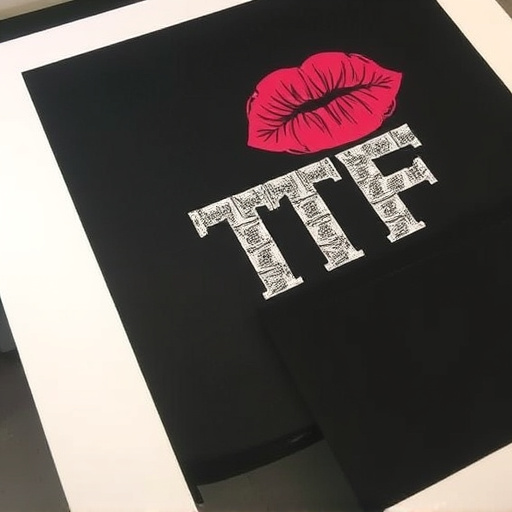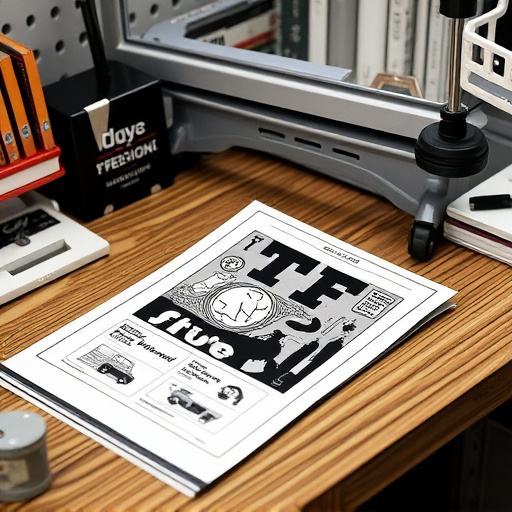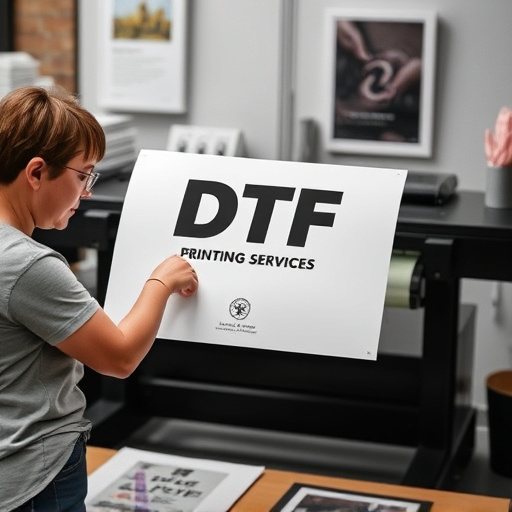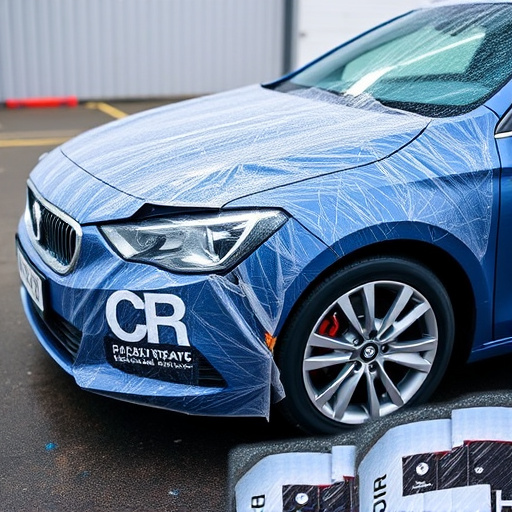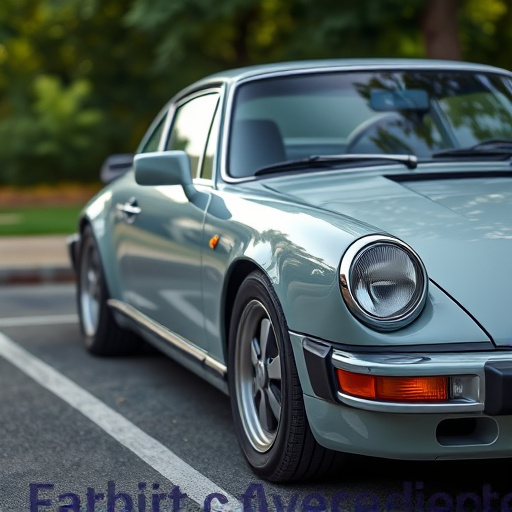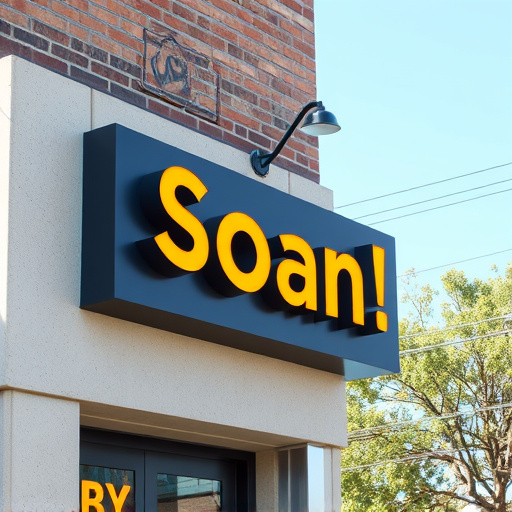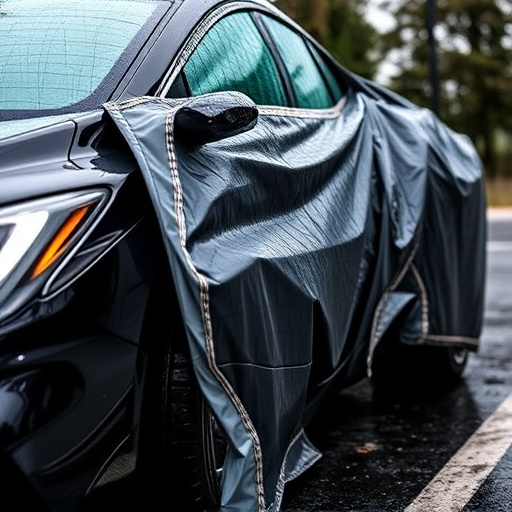In car graphic design, color psychology significantly impacts how vehicles are perceived. Warm hues like red and orange convey energy, making them popular for sporty cars, while cool tones like blue and green promote sophistication, often seen in luxury models. Strategic color choices enhance brand identity, capture attention, and influence the perception of design elements like PPF and window tinting. The right colors elevate vehicles' visual appeal, setting them apart in a competitive market and reinforcing brand reputation.
In the realm of car graphic design, color choices are not merely aesthetic—they wield psychological power. This article delves into the profound impact of color on automotive visuals, exploring how warm and cool tones evoke different emotions and influence brand recognition. By understanding color psychology, designers can craft compelling car graphics that captivate audiences and reinforce brand identity. From vibrant reds to serene blues, discover how the right hues can transform a vehicle’s visual appeal and leave an indelible mark in the competitive automotive market.
- Understanding Color Psychology in Car Graphic Design
- The Impact of Warm vs Cool Colors on Automotive Visuals
- Choosing Colors for Maximum Brand Recognition
Understanding Color Psychology in Car Graphic Design

In the realm of car graphic design, color psychology plays a crucial role in capturing attention and evoking specific emotional responses from viewers. Different colors have unique associations and influences on human perception, which can significantly impact how a vehicle’s graphics are perceived. For instance, warm hues like red and orange are known to stimulate energy and excitement, making them popular choices for racing or high-performance car brands aiming to project power and speed. On the other hand, cool tones such as blue and green evoke feelings of calmness and tranquility, often used in eco-friendly or luxury vehicle designs to convey sophistication and serenity.
Understanding these color associations is essential for designers crafting car graphics. By strategically selecting colors aligned with the intended brand image and target audience, they can enhance the overall visual appeal and impact. Moreover, incorporating psychological insights into car graphic design ensures that messages and themes resonate effectively with viewers, whether it’s promoting safety features like scratch protection through subtle yet effective color choices or showcasing the professional ppf installation process with a vibrant finish that catches the eye. High-quality finishes further contribute to the overall aesthetic, solidifying the brand’s reputation for excellence.
The Impact of Warm vs Cool Colors on Automotive Visuals
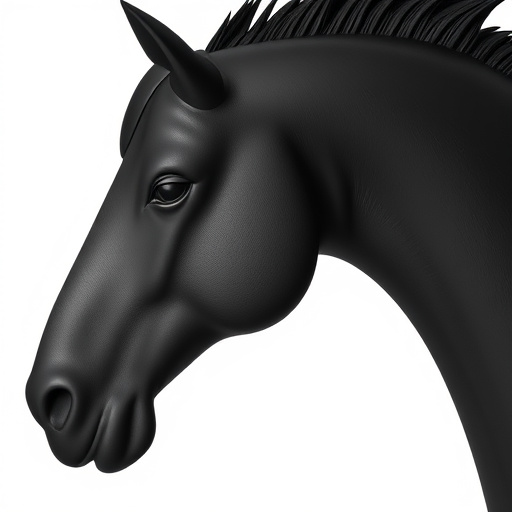
In the realm of car graphic design, the choice between warm and cool colors significantly influences a vehicle’s visual appeal. Warm hues like red, orange, and yellow evoke energy, passion, and a sense of movement, making them popular for sporty or high-performance cars aiming to capture attention on the road. These colors can enhance the dynamic look of a car graphic design, particularly when combined with bold lines and aggressive body kits.
On the other hand, cool colors such as blue, green, and purple convey calmness, tranquility, and sophistication. They are often associated with luxury vehicles or eco-friendly models, projecting an image of elegance and modernity. In automotive detailing, cool tones can create a sense of space and depth when applied to sleek, aerodynamic designs. This color choice is also ideal for hiding minor imperfections achieved through professional PPF (Paint Protection Film) installation and ceramic window tinting, enhancing the overall aesthetic appeal of the car graphic design.
Choosing Colors for Maximum Brand Recognition

When designing graphics for cars, choosing the right colors can significantly enhance brand recognition. In the competitive world of automotive aesthetics, a well-thought-out color palette can set a vehicle apart and capture the attention of potential customers. The key is to select hues that not only align with the brand’s identity but also create a visual impact on the road.
Custom vehicle wraps, automotive detailing, and protective coatings can all benefit from strategic color choices. For instance, vibrant colors on custom wraps can make a car stand out in a parking lot, while subtle yet contrasting tones in automotive detailing can reveal intricate designs. Protective coatings, often matte or metallic finishes, offer a unique visual experience, further solidifying brand recognition.
In the realm of car graphic design, color choices are not merely aesthetic; they evoke emotions and influence brand recognition. Understanding color psychology is key to creating impactful automotive visuals. Warm colors stir passion and excitement, while cool tones convey calmness and sophistication. By strategically selecting hues, designers can enhance brand identity, capture audiences’ attention, and ultimately drive engagement in the competitive automotive market. These principles empower designers to transform cars into visual masterpieces that resonate with viewers on a deeper level.
